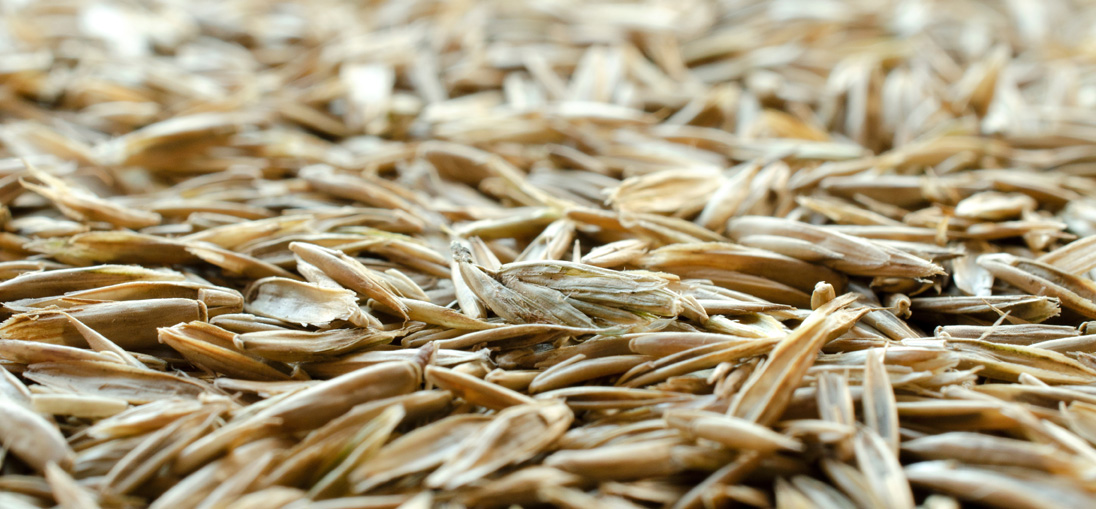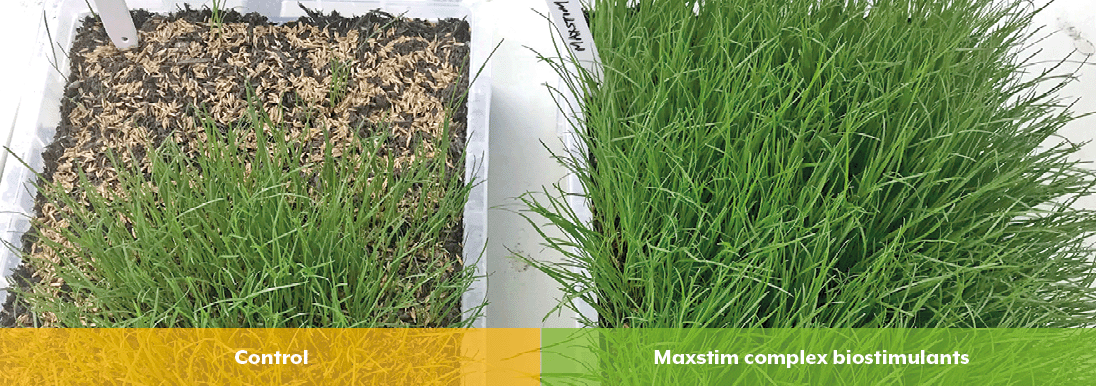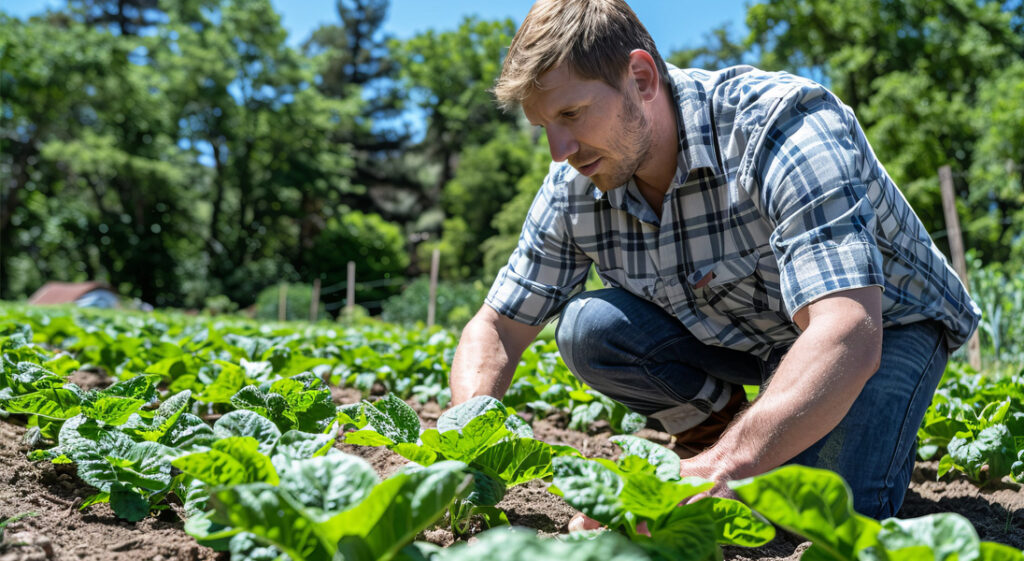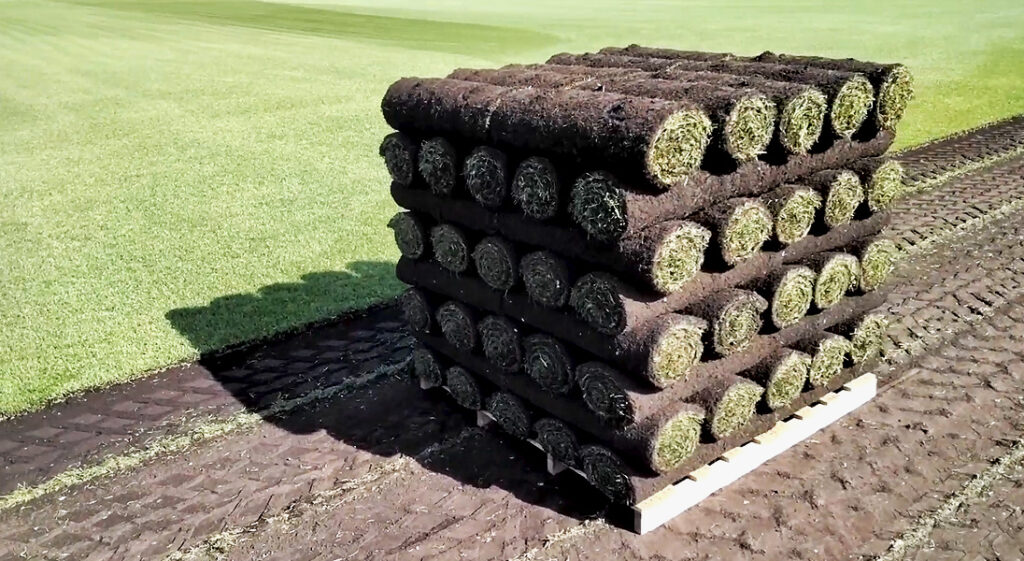Biostimulants and Germination
Insight

The impact of biostimulants on grass seed germination
Whether it is introduced for the establishment of new turf, divot repair or the renovation of mature playing surfaces, grass seed germination is a critical process in golf and sports field maintenance.
Germination begins with the dry seed taking up water, initiating a complex series of genetic, metabolic and physiological processes which shift the seed from a mature resting state towards active seedling growth. Germination is assumed to be complete once the plant has developed a functioning root and the new seedling is growing.
Germinating seed and young seedlings are perhaps the most vulnerable stages in the life cycle of a plant and both have a high susceptibility to injury, disease and abiotic stress (especially drought). Because of this there has been considerable interest in developing methods which break seed dormancy, increase seed germination levels and reduce the time from sowing to seedling establishment. All of these help ensure that expensive sports turf seed germinates quickly, becomes established and the young turf can better withstand unfavourable environmental conditions.
Research over the past 20 years has demonstrated that a wide range of biostimulants can influence germination, with significant effects on percentage germination, speed of germination and seedling growth and on the tolerance of germinating seeds to abiotic stress. (Figure 1)
It is known that to successfully germinate, following water uptake, a seed must reduce levels of the germination inhibitor abscisic acid (ABA) and increase levels of another plant hormone, gibberellin (GA), which is an essential germination activator.
In order to identify exactly how biostimulants modify seed to seedling development we have been examining the genetic and metabolic responses to biostimulant treatment.
Perennial ryegrass seed responds to bioflavonoid treatment by:
- Increasing germination levels
- Speeding up germination
- Increasing root growth
- Enhancing seedling growth

Figure 1. Application of a bioflavanoid biostimulant enhances perennial ryegrass (Lolium perenne) seed germination and seedling growth
Most recently we have been attempting to identify those plant genes which are boosted by applying bioflavonoid based biostimulants.
For example, we have now found 3 plant genes which respond strongly to biostimulant treatment:
Ubiquitin transferase
This gene plays key roles in multiple plant developmental stages including seed dormancy and germination, root growth, and several abiotic stress responses. (e.g. drought and high salinity)
Protein phosphatase 2C
This is a negative regulator of ABA signalling. It is produced in seeds during germination and up-regulated by drought and ABA.
EID1-3
Found in the ABA signalling pathway, this gene regulates seed germination, as well as plant responses to osmotic stress and water deprivation
The exciting developments in understanding how biostimulants affect plants are allowing us to optimise their use in a variety of conditions.
In particular, if you are establishing new turf or overseeding during a renovation, consideration should be given to using an appropriate biostimulant which could help improve establishment and develop a stronger healthier turf which is better able to withstand abiotic stresses
For more information about how Maxstim could fit into your schedule, call:
Tim Cannon
Email: tim.cannon@maxstim.com
Mobile: 07884 586191
Tony Kelly
Email: tony.kelly@maxstim.com
Mobile: 07974 435417

